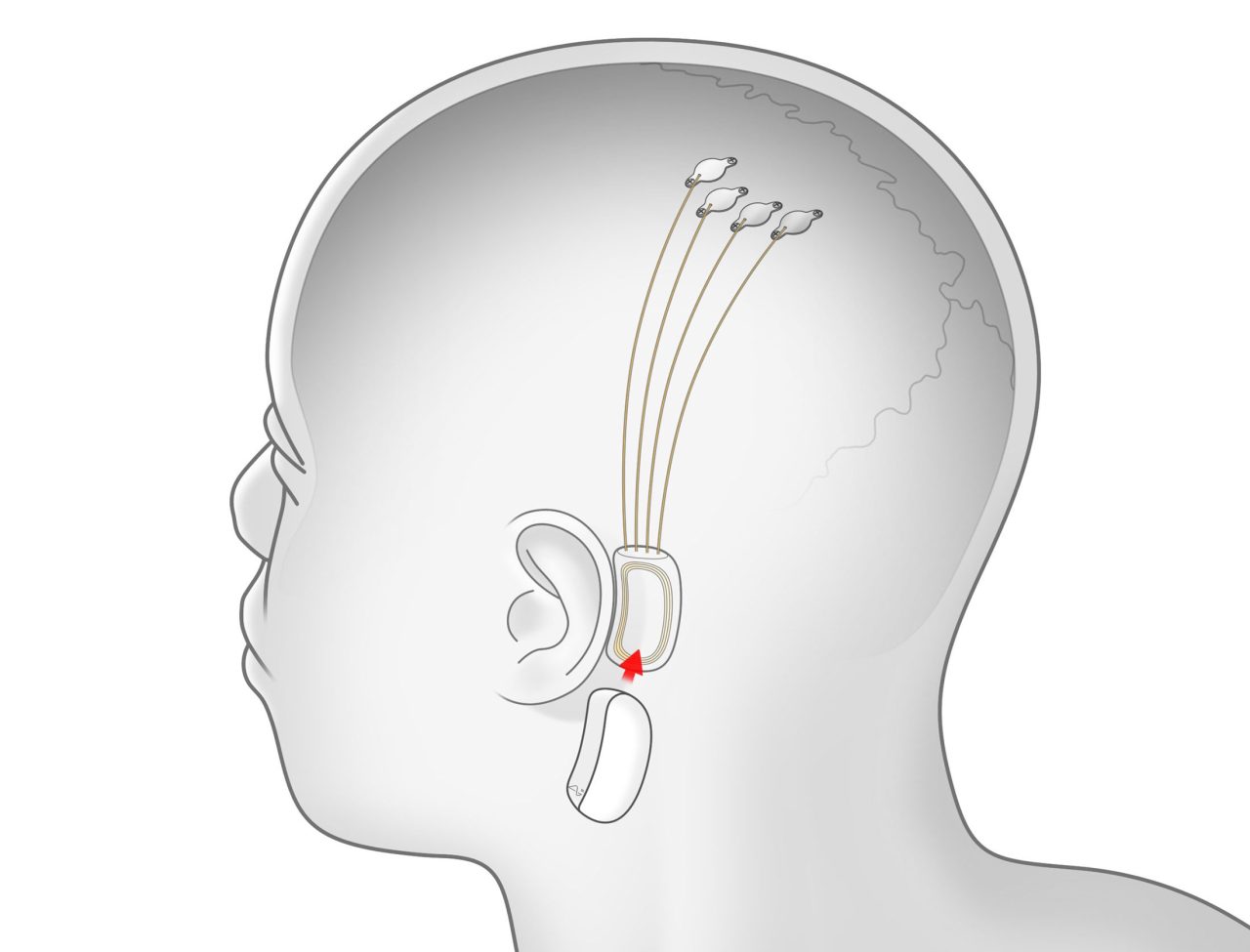In a world where technology and humanity increasingly meld, Elon Musk’s Neuralink stands at the forefront of innovation, promising to revolutionize how we interact with machines and modify our own cognitive capabilities. We delve into the intriguing developments that are set to redefine neuroscience, particularly the concept of interfacing human brains directly with technology. With ambitions bordering on the extraordinary, Neuralink is poised to start experimental human trials as early as next year. Let’s explore what this means for the future of medicine and technological enhancement.
Understanding Neuralink’s Technology
Neuralink’s foundational technology is based on ultra-thin threads, measuring between 4 and 6 μm—significantly smaller than the thinnest strands of human hair. By utilizing these threads, Neuralink aims to create a minimally invasive brain-computer interface (BCI) that promises to reduce damage to surrounding brain tissue, transforming how we approach neurological solutions.
Medical Applications and Future Possibilities
The immediate focus of Neuralink is medical, potentially transforming lives by addressing various neurological disorders. Here are some compelling applications that could emerge from this technology:
- Restoration of Motor Functions: Amputees could regain functionality through advanced prosthetics controlled by their thoughts.
- Sensory Restoration: Individuals suffering from vision or hearing loss might experience reversals of these deficiencies.
- Enhanced Cognitive Function: Imagine improving memory recall or learning speeds through direct brain enhancements.
While these applications seem aspirational, the prospect of human trials with the backing of clinical institutions like Stanford highlights the urgency behind these innovations.
Innovative Implementation with Advanced Robotics
Neuralink employs a robot resembling a “sewing machine” to implant these fine threads into the brain. Initially, this process involves drilling holes into the skull, but advancements point toward replacing this method with laser technology to create much less invasive openings. This innovation promises a more seamless process, allowing for better patient experiences.
The Promise of Wireless Communication
An exciting feature of Neuralink’s technology is its capacity for real-time wireless communication between implanted electrodes and external chips. This development heralds a new era of unobstructed movement for patients, free from external wires, allowing for continuous monitoring without the burdens of wiring systems. Such breakthroughs could lead to personal devices that assist users seamlessly in their daily lives.
The Vision and Future of Neuralink
Despite the bold promises, Neuralink acknowledges that the journey ahead is challenging and complex. The research community’s openness will play a crucial role in refining their technology and broadening its applications. Moreover, concerns about the longevity of the implanted materials against the brain’s salt-fluid environment remain a key point of consideration for scientists involved.
Conclusion: A Leap into the Future
In closing, Elon Musk’s Neuralink is more than an ambitious startup; it represents a significant leap into the unknown territory of brain-computer interfaces. As it prepares to embark on human trials, both excitement and skepticism will accompany its journey. The potential applications—ranging from medical breakthroughs to cognitive enhancement—could redefine what it means to be human in the age of technology.
At fxis.ai, we believe that such advancements are crucial for the future of AI, as they enable more comprehensive and effective solutions. Our team is continually exploring new methodologies to push the envelope in artificial intelligence, ensuring that our clients benefit from the latest technological innovations. For more insights, updates, or to collaborate on AI development projects, stay connected with fxis.ai.

